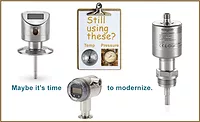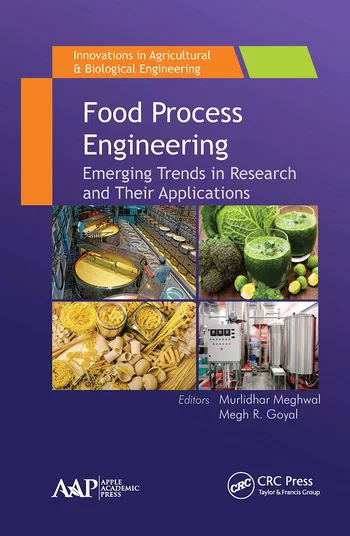Hygiene
Advanced instrumentation technologies provide versatility in food and beverage applications
As more advanced instruments are available with hygienic configurations, processors find new ways to use these capabilities to improve plant performance

Joshua Friesz is a global product manager for Emerson’s Automation Solutions.
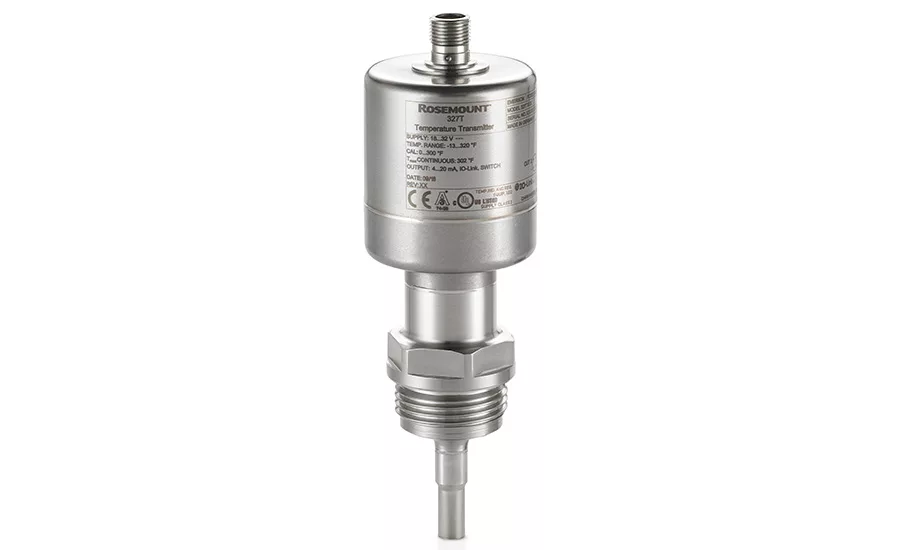
Figure 1: Emerson’s Rosemount 327T temperature transmitter uses dual sensors to detect measurement drift and can switch to a backup measurement in the event of a failure while operating.
Source: Emerson

Figure 2: Advanced instruments, such as Emerson’s conventional Rosemount 3051S pressure transmitter, have a wide range of capabilities but are large and may bring a degree of complexity unnecessary for many food processing applications.
Source: Emerson

Figure 3: Purpose-designed hygienic transmitters, such as this Rosemount 326T temperature transmitter, satisfy the requirements of multiple regulatory groups.
Source: Emerson
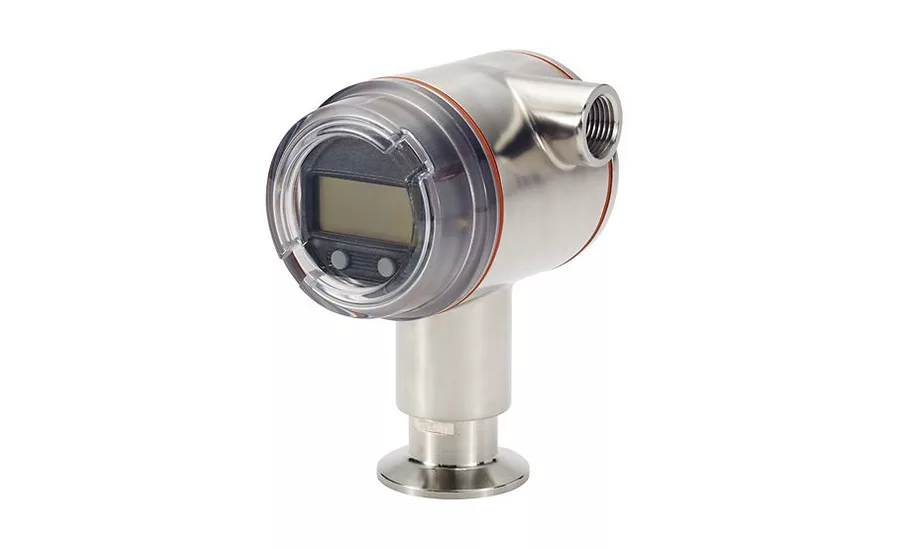
Figure 4: The Rosemount 3051HT pressure transmitter delivers the capabilities of industrial transmitters but in a hygienic package.
Source: Emerson
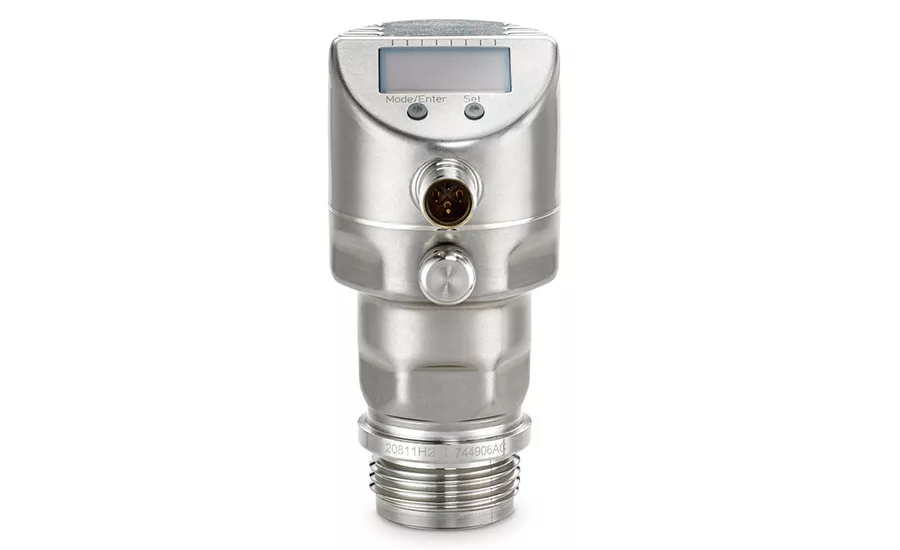
Figure 5: The Rosemount 326P pressure transmitter is designed to satisfy the specific requirements of food and beverage production facilities.
Source: Emerson
In the food and beverage industry, any process instrument used for temperature, pressure, flow or level measurement that contacts product must meet hygienic requirements designed to provide cleanable surfaces and avoid areas capable of retaining contaminants or facilitating bacteria growth. These rules exist for good reason, but until recently machinery and process designers had to settle for workable but basic instrumentation due to the limited configurations available for meeting sanitary requirements.
This has left some food and beverage processors envious of users in conventional chemical processing industries where sophisticated instrumentation is a critical link in enabling advanced process control, automation, data collection and analysis to help improve production, product quality and plant profitability.
While food and beverage plants typically don’t have all the complex processes or automation technology of heavier process industries, there are still many ways where even simple advances can provide numerous benefits. Case in point: One brewery located near Emerson’s offices in Minnesota uses a differential pressure transmitter primarily to measure level in its brew tanks, but it also determined that data from this transmitter could tell them much more than just the volume of water. For example:
- Increases in data scatter coincided with changes in the steam rate to heating coils. If steam was being fed too fast (effectively wasting steam) it could be observed in the level data.
- Graphing transmitter data allowed brewmasters to automatically record many procedures being documented manually. Comparing various batches indicated how consistently the recipes were being followed.
- Heat transfer from one batch being cooled to another being heated could be monitored and graphed.
The result was an increased amount of process information, allowing brewmasters to evaluate recipes and techniques so they could develop consistency and identify areas where it was practical to add automation. The brewmasters, once relieved of the routine elements, were able to spend more time working on recipe development and methods for quality improvement.
The availability of instruments suited for food and beverage applications, specifically designated as hygienic or sanitary and offering more modern capabilities, continues to grow. These features include self-diagnostic routines, communication protocol options and modular mounting mechanisms. Let’s look at these individually.
Advanced instrumentation and diagnostics
The technological developments of electronics in the last 20 years have provided opportunities for instrumentation suppliers to add many new condition and process diagnostics to instruments. Condition diagnostics relate to signal gathering and processing functions, and can identify problems such as an internal component failure or power and grounding issues. The whole electrical loop can be monitored by the transmitter to detect and warn of any issues capable of affecting the 4-20 mA signal. Process diagnostics detect things happening outside of the instrument such as changes in process noise or clogging impulse lines. These capabilities have been available, to varying degrees, in conventional instruments for many years and they are moving into hygienic designs as well.
While some diagnostic functions can be included with any type of instrument, such as evaluating power quality, there will be differences unique to certain instrument types. For instance, advanced temperature instruments can be equipped with multiple sensing elements (Figure 1) even though this may not be apparent externally. Some devices have two sensors of the same type, for example resistance temperature detectors (RTDs), and compare the two to ensure they are delivering the same reading. Others may use two different sensors, such as an RTD paired with a thermistor, so there is less likelihood they will be affected by the same problem. In either case, the transmitter can warn if there is a deviation between the two sensors, and it can also warn if one has failed entirely. This avoids the potential loss of a critical measurement while the process is running.
Within a given process measurement type, such as pressure, there will be varying levels of diagnostic capabilities and instruments which can be selected as appropriate for the application. For example, the brewery discussed above would likely want a more sophisticated unit for the brewing equipment than may be required for monitoring a utility header.
Matching Equipment and Application
Some of the most sophisticated hygienic sensors offer the same capabilities as designs used in refineries and chemical plants (Figure 2). While these are an excellent choice for complex applications, they may be overkill for simpler food and beverage plant applications. They also tend to have bulky enclosures protecting their electronics.
Where space is at a premium and simpler functionality can do the job, there are many purpose-built hygienic instruments (Figure 3) designed specifically for food and beverage applications. These provide a variety of advantages compared to those derived from conventional industrial units:
- Compact form factor – Smaller enclosures make mounting easier, particularly for machinery and equipment with tight piping layouts and where multiple instruments have to be included.
- Modular process connections – Given the variety of hygienic process connections, a modular connection system with up to nine options allows one instrument to serve in multiple applications, minimizing spares inventory.
- Hygienic certifications – Units pass all common ratings, including 3-A, EHEDG, FDA, EC 1935 and EC 2023.
- Simple installation and start-up – All transmitters use a hygienic M12 connector for the data/power cable and need very little configuration. Changes can be made remotely or at the unit with buttons guided by the local display.
- Broad portfolio breadth – Availability of a full range of hygienic instruments with multiple form factor and transmitter options allows each application to be optimized.
Communication options
Conventional instruments without any advanced features typically send data via an analog signal using current (4-20 mA) or voltage (0-10 V) to represent the process value. This is fine in many applications, but lacks the capability to transmit any other information beyond the basic process variable. Obtaining diagnostics requires a digital output or digital signal on top of or parallel to the primary analog value.
Hygienic instruments derived from their industrial counterparts often use the HART® protocol, a digital signal superimposed on the analog current value. HART is common for larger process automation systems, and can send diagnostics, enable additional process variables and transmit bi-directional configuration. Other digital protocols include Foundation™ fieldbus, Profibus and IO-Link.
A typical selection process
An engineer selecting a pressure transmitter for a food and beverage processing application has a variety of options to select from. The below are Emerson/Rosemount examples, but other suppliers will offer similar models and options.
For applications requiring high performance, precision and the ability to withstand CIP, Emerson’s Rosemount™ 3051HT hygienic pressure transmitter (Figure 4) provides all the capabilities of the conventional industrial version while redesigned into a hygienic package with a tri-clamp process connection. The process-wetted materials are able to withstand clean-in-place/sterilize-in-place (CIP/SIP) regimens common to food plants, and the enclosure is equipped with IP69K ingress protection ratings to ensure the transmitter won’t be harmed by external washdowns. It communicates via 4-20 mA current loop, uses HART for configuration and diagnostics and includes a local display and programming via buttons.
For less critical applications, the compact Rosemount 326P pressure transmitter (Figure 5) is designed specifically for food and beverage applications. While it doesn’t feature the same performance specifications as the Rosemount 3051HT, it still handles pressure and temperature limits common to these applications and can also withstand regular CIP/SIP cycles. A modular arrangement enables it to be outfitted with any of up to nine different process connection styles. It communicates via a 4-20 mA current loop, augmented with IO-Link for configuration and diagnostics, and includes a local display and programming via buttons.
Clearly the feature sets between these two selections cover the basic requirements necessary for the food industry and its special needs. End users can apply knowledge of their processes to choose which features are necessary and cost-effective to improve performance and provide the data they need for critical decision making. Fortunately, today the range of options for users is large and growing.
About the author: Joshua Friesz is a global product manager for Emerson’s Automation Solutions business located in Shakopee Minn. Joshua currently works with Rosemount branded products and is focused on finding solutions for customers in the food and beverage or life science industries. Joshua joined Emerson in 2012 and holds a BSEE from North Dakota State University.
Looking for a reprint of this article?
From high-res PDFs to custom plaques, order your copy today!




